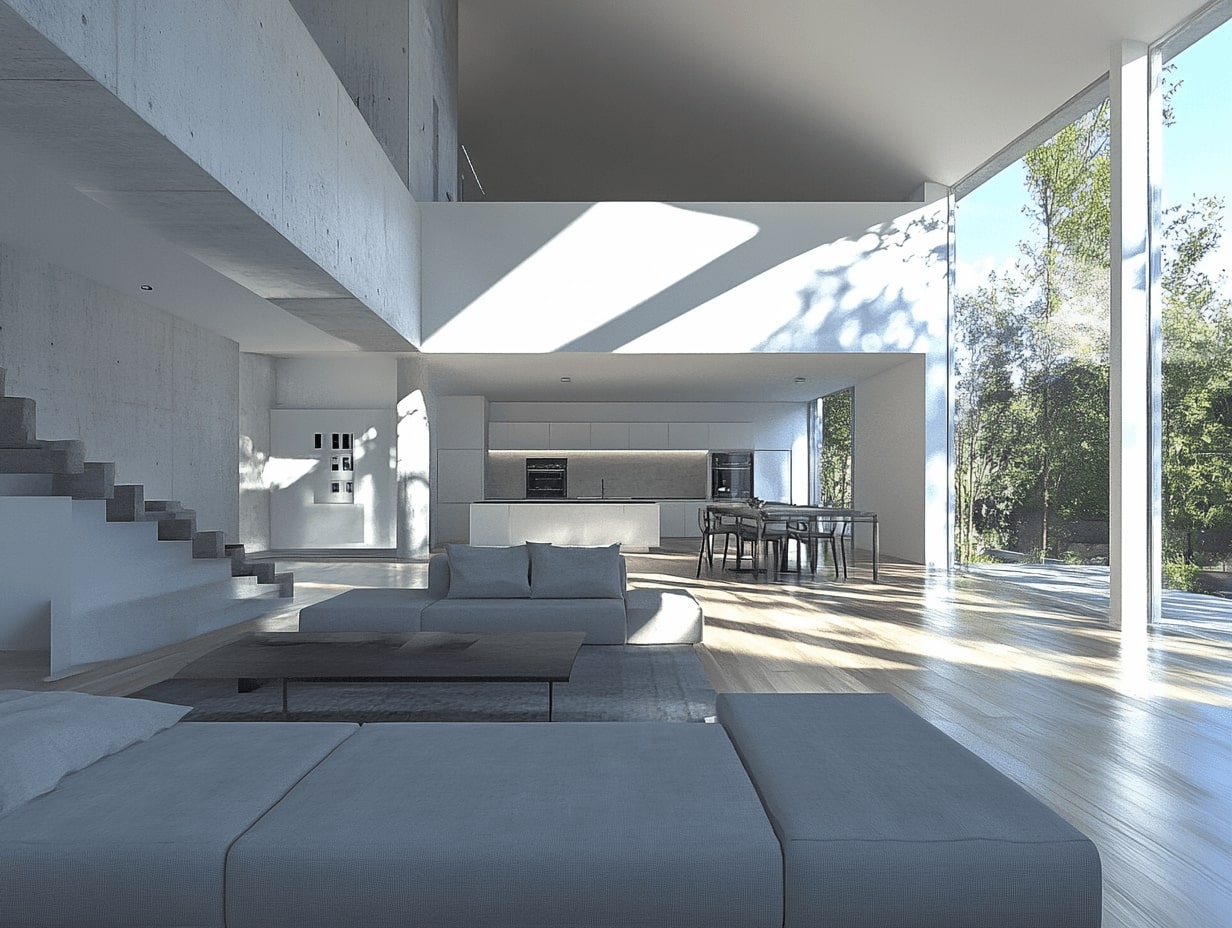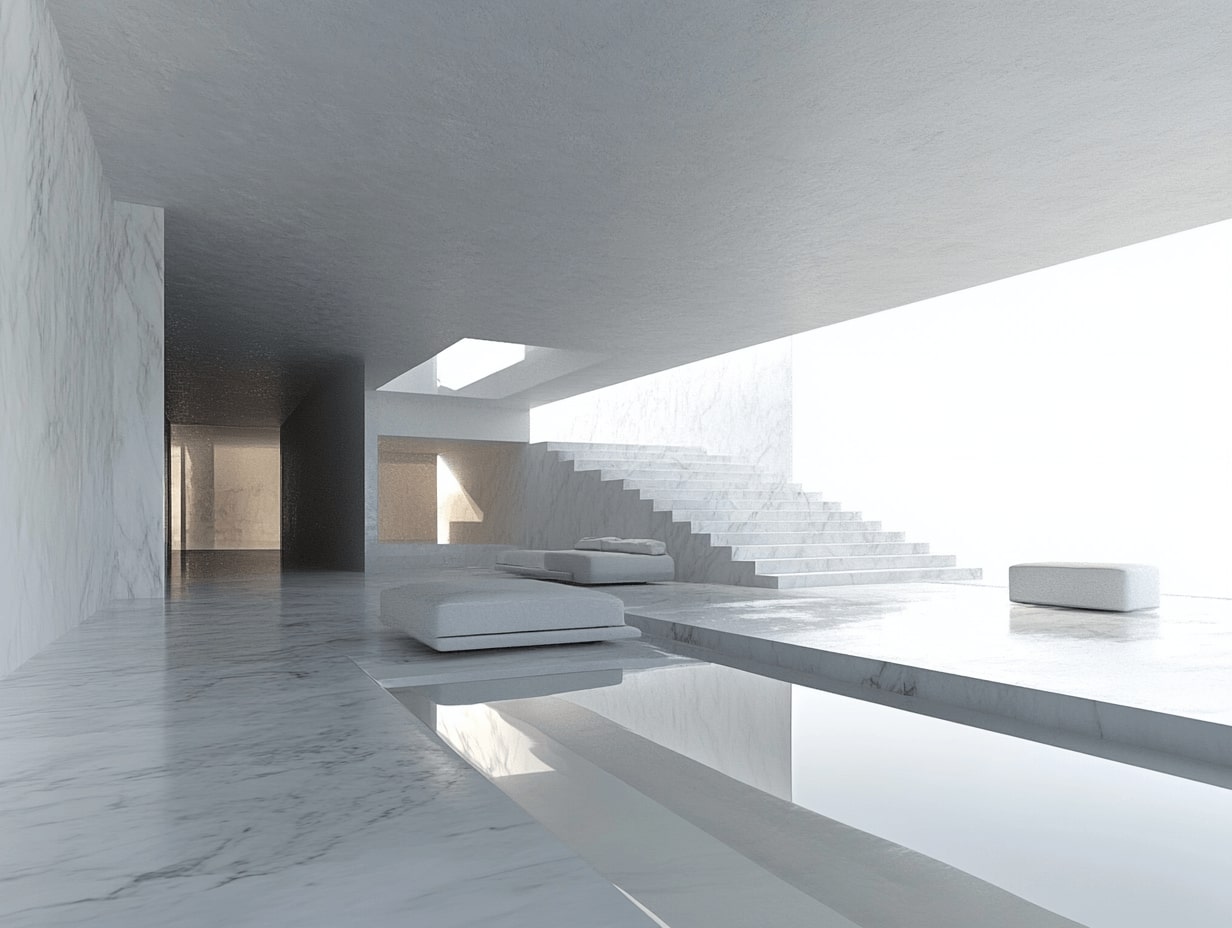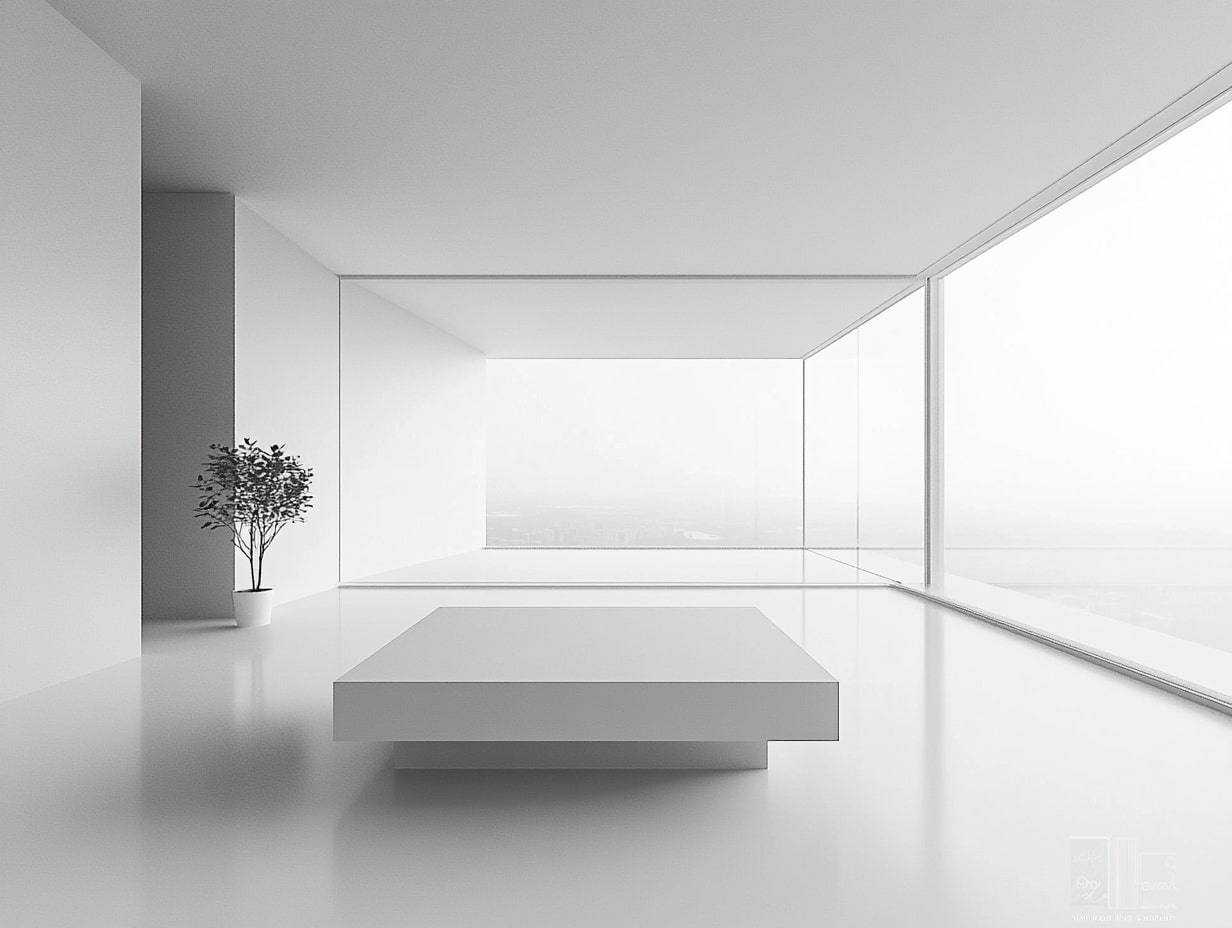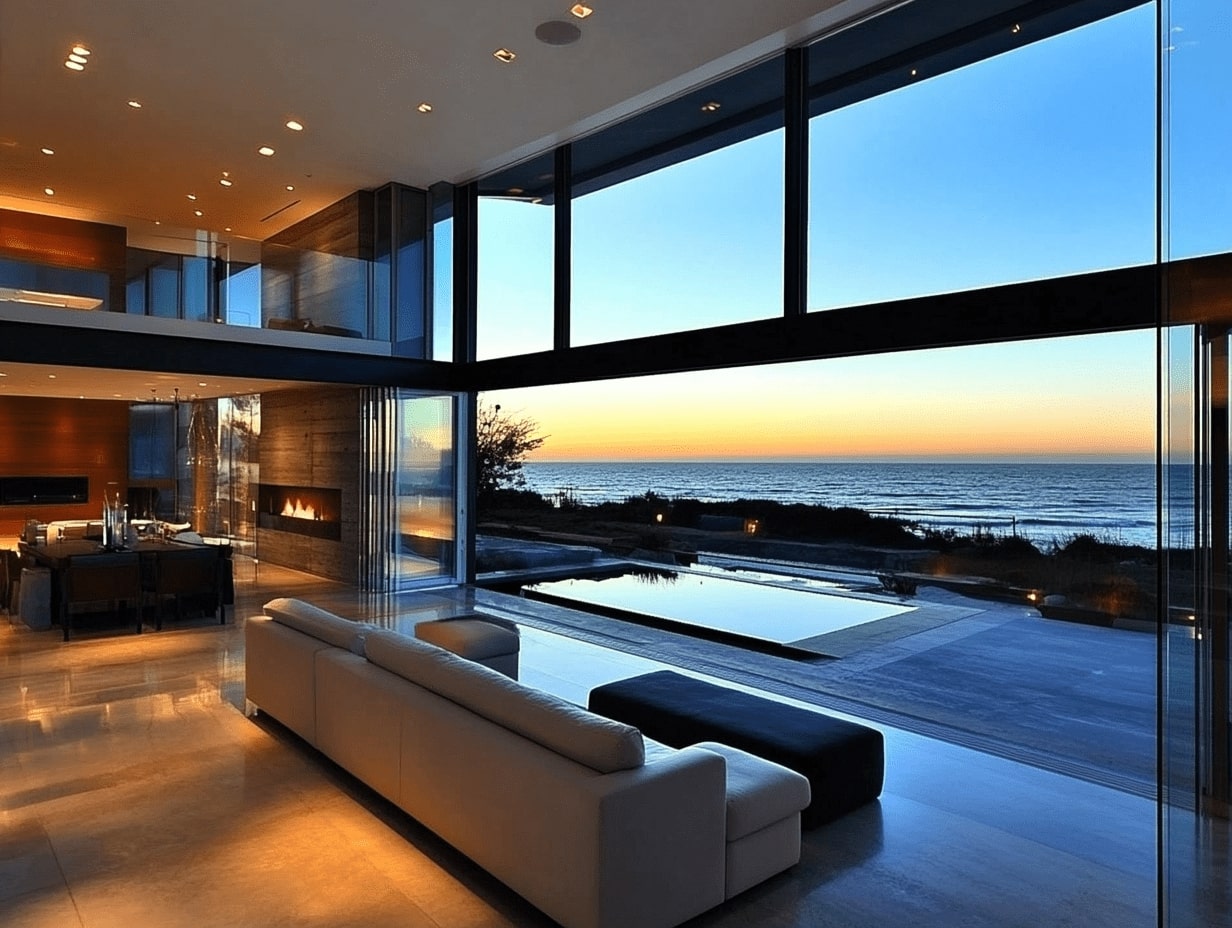- Home
- Articles
- Architectural Portfolio
- Architectral Presentation
- Inspirational Stories
- Architecture News
- Visualization
- BIM Industry
- Facade Design
- Parametric Design
- Career
- Landscape Architecture
- Construction
- Artificial Intelligence
- Sketching
- Design Softwares
- Diagrams
- Writing
- Architectural Tips
- Sustainability
- Courses
- Concept
- Technology
- History & Heritage
- Future of Architecture
- Guides & How-To
- Art & Culture
- Projects
- Interior Design
- Competitions
- Jobs
- Store
- Tools
- More
- Home
- Articles
- Architectural Portfolio
- Architectral Presentation
- Inspirational Stories
- Architecture News
- Visualization
- BIM Industry
- Facade Design
- Parametric Design
- Career
- Landscape Architecture
- Construction
- Artificial Intelligence
- Sketching
- Design Softwares
- Diagrams
- Writing
- Architectural Tips
- Sustainability
- Courses
- Concept
- Technology
- History & Heritage
- Future of Architecture
- Guides & How-To
- Art & Culture
- Projects
- Interior Design
- Competitions
- Jobs
- Store
- Tools
- More
Understanding the Importance of Light and Shadow in Architecture
Explore the transformative role of light and shadow in architecture, where natural illumination elevates textures and moods, while shadows add depth and contrast. Discover how these elements impact aesthetics, functionality, and emotion, shaping immersive, energy-efficient spaces.

When we think about architecture, we often focus on the grandeur of structures or the intricacy of design. Yet, it’s the play of light and shadow that truly breathes life into these creations. Light and shadow transform static buildings into dynamic spaces, influencing how we perceive and interact with them.
Architects harness natural light to highlight textures, create moods, and define spaces. Shadows, on the other hand, add depth and contrast, emphasizing architectural details that might otherwise go unnoticed. Together, they shape our emotional response to a building, making it feel welcoming or imposing.
Incorporating light and shadow isn’t just about aesthetics; it’s also about functionality. Proper use of these elements can enhance energy efficiency, regulate temperature, and improve the overall comfort of a space. As we explore the importance of light and shadow in architecture, we’ll uncover how these elements are essential to both the beauty and practicality of our built environment.

Table of Contents
ToggleUnderstanding Light and Shadow
Light and shadow serve as fundamental components in architectural design. Architects harness natural light to animate spaces, accentuating structures’ characteristics by creating patterns. Sunlight passing through windows highlights textures like brick or stone, enhancing the aesthetic appeal of surfaces.
Shadows provide necessary contrast, offering depth to flat designs. They help delineate boundaries and create a sense of scale. For example, the interplay of light and shadow can transform a simple wall into a canvas of moving art.
Functionality also benefits from strategic light use. Proper light placement reduces dependency on artificial lighting, promoting energy efficiency. Shadows contribute by minimizing glare and providing cooling effects, thereby increasing overall comfort.
Light and shadow influence human emotions, impacting how we perceive spaces. Bright spaces might feel open and welcoming while dim areas can evoke intimacy or seclusion. This emotional impact allows architects to tailor environments to specific intended purposes.
In sum, understanding light and shadow is essential for architects aiming to create spaces that are not only visually stunning but also functional and emotionally resonant.

Historical Context of Light and Shadow in Architecture
Light and shadow have shaped architectural practices throughout history. These elements have influenced the design and perception of spaces across various periods.
Ancient Architectural Techniques
In ancient times, architects cleverly used light and shadow to enhance their structures. Egyptian temples, for example, were oriented to capture sunlight at specific times, creating dramatic effects during solstices. Greek architects refined this technique, utilizing columns and open spaces to manipulate shadow, emphasizing their temples’ grandeur. In Roman architecture, shadow enhanced depth through arches and domes, adding drama and inviting spiritual engagement.
Light in Modernist Architecture
Modernist architecture redefined the role of light, focusing on transparency and openness. Architects like Le Corbusier integrated large windows to blend interiors with exteriors. This approach allowed natural light to flood spaces, emphasizing simplistic aesthetics. The use of glass facades created fluid boundaries between indoors and outdoors. Architects further explored light’s potential by using shadows to underscore geometry, enhancing the purity and functionality of forms.
Our understanding of light and shadow in architecture reflects a rich historical evolution, influencing styles and techniques across different eras.
The Role of Light in Architectural Design
Light profoundly impacts architecture, shaping how we perceive and interact with spaces. Its strategic use defines aesthetics and functionality, contributing to the architectural narrative.
Natural vs. Artificial Light
Natural and artificial light serve distinct roles in architecture. Natural light, harnessed through windows and skylights, emphasizes texture and reveals architectural details. It’s a dynamic source, changing with the time of day and seasons, creating varied moods and atmospheres. Conversely, artificial light, through lamps and fixtures, provides consistency, enabling architects to control the intensity and direction of light regardless of external conditions. Combining both enhances building efficiency and creates versatile environments.
Renowned interior designer John Venezia explains that light and shadow influence human emotions, impacting how we perceive spaces. Bright spaces might feel open and welcoming while dim areas can evoke intimacy or seclusion. This emotional impact allows architects to tailor environments to specific intended purposes.
Light as an Aesthetic Element
Architectural design leverages light as an aesthetic tool. By illuminating surfaces and creating shadows, light adds dimension and drama, transforming plain forms into engaging compositions. It’s employed to highlight focal points and guide the eye within a space. For example, accent lighting directs attention to specific areas, while diffuse lighting offers uniformity, reducing harsh contrasts. This manipulation of light enhances visual interest and emotional response, making spaces more inviting and dynamic.

The Impact of Shadow in Architecture
Shadows significantly influence the perception and functionality of architectural spaces. Architects use shadows to create mood, depth, and texture.
Creating Depth and Texture
Incorporating shadows creates visual depth and highlights textures within architectural designs. Textured materials like modern brick or stone stand out more when shadows accentuate their surfaces. Shadows enhance the three-dimensional feel of facades by providing contrast and delineating forms. With strategic shadow placement, architects can transform flat exteriors into captivating designs, attracting attention and evoking emotional reactions.
Enhancing Spatial Experience
Shadows contribute to the spatial experience by affecting how we perceive and interact with a space. In areas with strategic shadowing, spaces appear expansive and inviting, while controlled shadows provide intimacy and privacy. For instance, in public spaces, shadows can guide movement by defining paths or gathering points. Entrances often use shadow to create transitional zones, preparing visitors for the interior environment. By integrating these elements, architects produce spaces that are both functional and emotionally engaging.

Case Studies of Iconic Structures
Examining famous architectural works reveals how light and shadow effectively transform spaces. Iconic structures worldwide showcase these elements, demonstrating their power in enhancing design and functionality.
Famous Examples of Light and Shadow Usage
- Sagrada Família, Spain: Light streams through the stained glass, casting vibrant shadows and creating a spiritual ambiance within Gaudí’s monumental basilica.
- Fallingwater, USA: Wright integrated the house with its natural surroundings, using cantilevers to play with shadow, blending structure and landscape seamlessly.
- Louvre Pyramid, France: I.M. Pei’s glass structure juxtaposes historical architecture with modern design, where light highlights transparency and shadow redefines space perception.
- Le Corbusier: Our understanding of light in modernism deepens with his emphasis on open plans and large windows, promoting fluidity and connection with nature.
- Tadao Ando: He teaches us precision in shadow placement, achieving tranquility in his structures by using concrete surfaces, where light and shadow play subtly.
- Zaha Hadid: Her dynamic forms guide light and shadow, creating futuristic spaces that encourage movement and evoke emotion, showing how light can shape architectural expression.
Conclusion
Architectural design that successfully integrates light and shadow creates more than just functional spaces. It crafts experiences that touch emotions and enhance daily interactions within these environments. We find that light can reveal textures, elevate moods, and define narratives while shadows add depth and dynamic contrast, capturing the essence of places in ways that words might often fail to describe. This innate power transforms architecture into a living art form, enlightening us about the endless possibilities of design.
- architectural illumination techniques
- architectural light and shadow
- architectural lighting design
- architectural lighting solutions
- creating ambiance with light in architecture
- daylighting in architecture
- impact of shadows in architecture
- importance of lighting in buildings
- innovative lighting in architecture
- light and shadow in architecture
- light play in architecture
- lighting strategies for architects
- natural light in architectural design
- play of light and shadow in architecture.
- role of light in architecture
- shadow design in buildings
- shadow effects in architecture
Submit your architectural projects
Follow these steps for submission your project. Submission FormLatest Posts
10 Interesting Facts About Zaha Hadid
Zaha Hadid was a visionary architect whose fluid forms, bold experimentation, and...
Online 3D Terrain Mapping Tools for Urban and Landscape Design in 2025
A curated guide to the best online 3D terrain mapping tools in...
Common Emergency Repairs Every Homeowner Should Be Ready For
For most of us, when something goes wrong, we have a propensity...
Designing, Retrofitting, and Valuing Non-Standard Homes in Britain
Britain’s housing stock carries a quiet contradiction. From the street, many homes...












Leave a comment